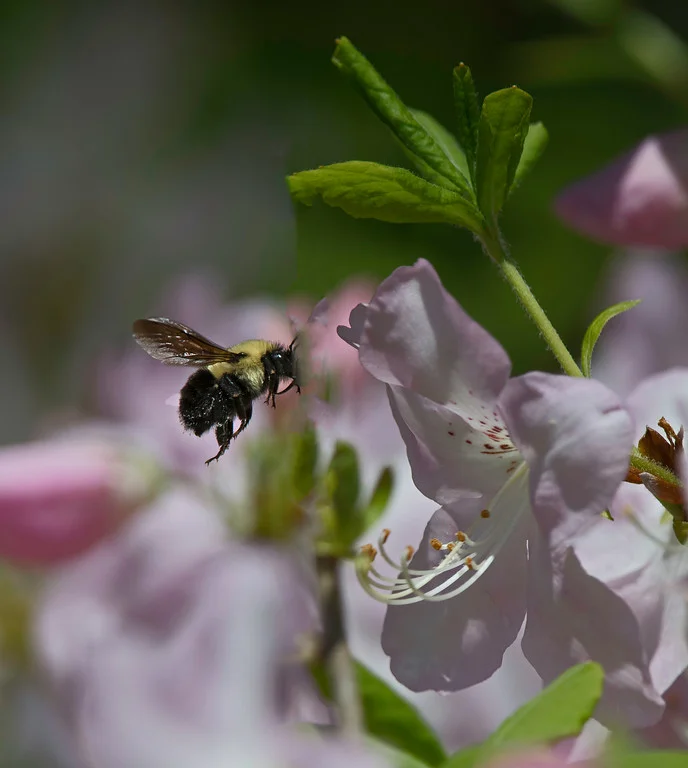You’re looking at the subject of an important recent court decision on Maine shore rights. This is Rockweed, which is the common name for several forms of seaweed that attach themselves to rocks. The plants are havens for marine life, but also are harvested commercially for human food and fertilizer uses.
The Maine Supreme Judicial Court held that Rockweed that is growing in the inter-tidal zone (ITZ) of a private property belongs to the owner of that property and may not be harvested without that owner’s permission. The ITZ is defined as the area between the average high and low tide lines up to a maximum distance of “100 rods” (1,650 feet).
Everything within the ITZ belongs to the upland property owner, but is subject to public use for “fishing, fowling, and navigation” – ancient words that are broadly interpreted to provide a reasonable balance between modern public and private shore rights. For example, the public has a right to dig (colloquially, to “fish”) for clams and bloodworms in the ITZ. But, the Court ruled, it would be going too far to interpret Rockweed harvesting as fishing, fowling, or navigation. (Brooklin, Maine)













































































































